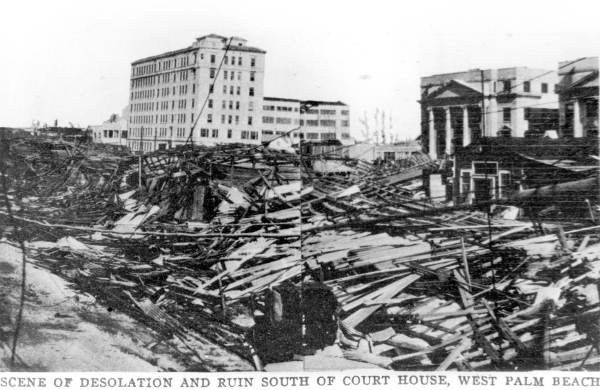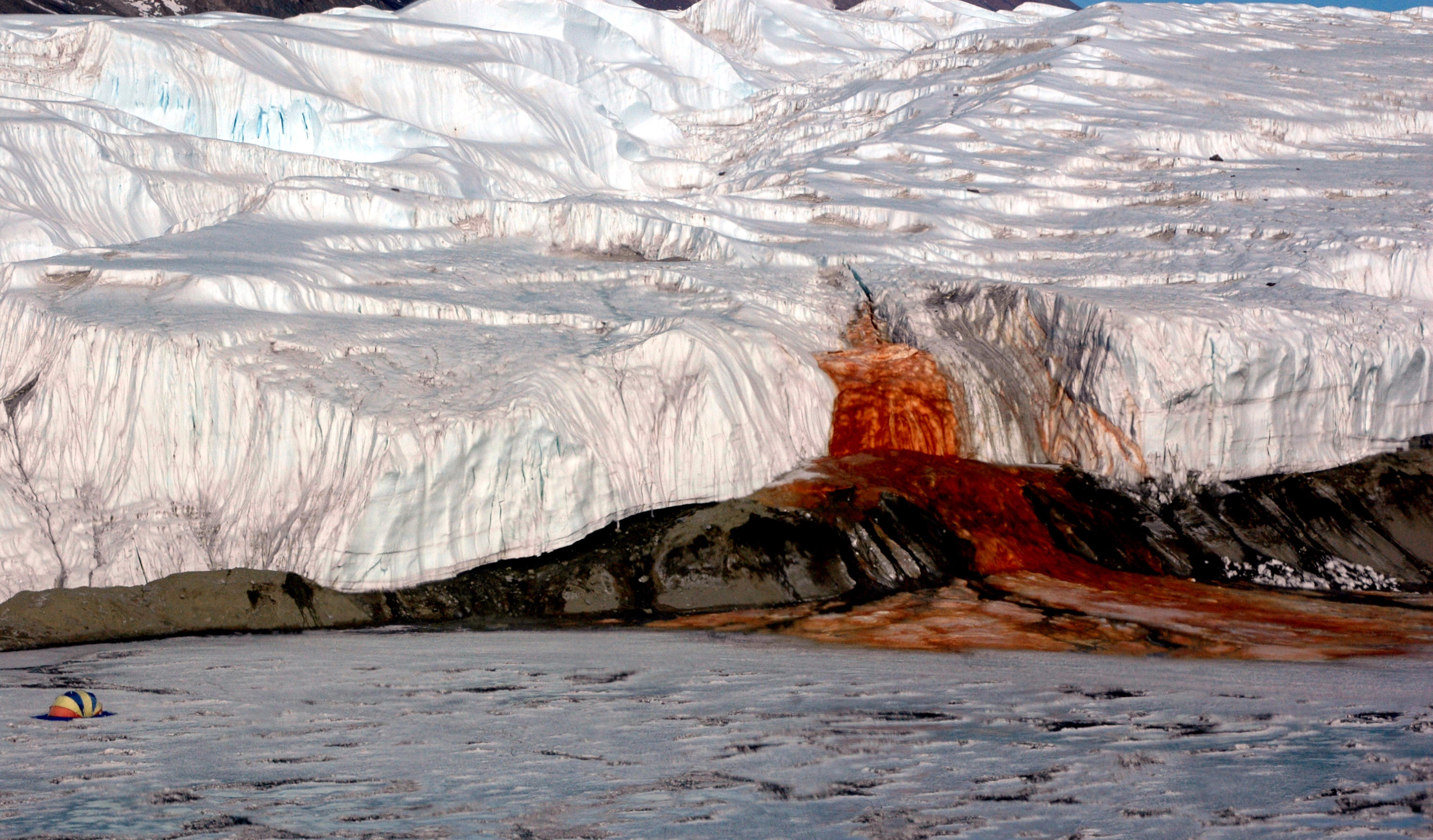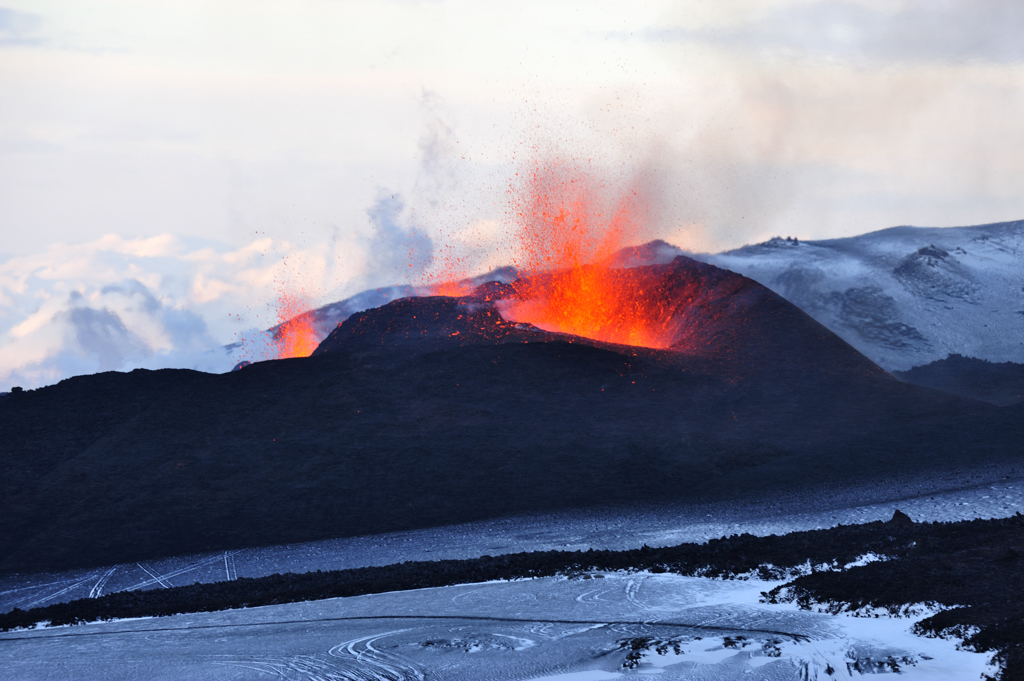 |
| Mount Saint Helens 1985 |
At this time, there are more than 1,500 volcanoes on the surface of the Earth. This number does not include the volcanoes that exist under the ocean, of which there are potentially thousands. The largest of these 1,500 volcanoes pose a major threat to those who live in their shadows. Some of them even have the ability to threaten lives thousands of miles away. Here is a list of some of the largest volcanoes on Earth by height. Some of them are not a major threat, despite their size. Others have killed thousands in the past and could readily do so again in the future.
Mount Vesuvius
Height: Roughly 4,000 feet
Type: Stratovolcano
Status: Active
Year of Last Eruption: 1944
Mount Vesuvius is located on the west coast of Italy, on the Tyrrhenian Sea. This is the very same volcano that was responsible for the destruction of the cities of Pompeii and Herculaneum in 79 A.D. Mount Vesuvius is the shortest of the volcanoes on this list. However, the height of this volcano has little bearing on how deadly it can be. Today there are millions of people living within range of this volcano. A particularly large eruption could have terrible consequences.
Mount Pelee
Height: Roughly 4,582 feet
Type: Compound Volcano
Status: Dormant
Year of Last Eruption: 1929-1932
Mount Pelee is located on the island of Martinique in the West Indies. This volcano became famous after an eruption in 1902 that destroyed the town of St. Pierre. An estimated 29,000 people were killed.
Mount Pinatubo
Height: Roughly 4,872 feet
Type: Stratovolcano
Status: Active
Year of Last Eruption: A secondary eruption occurred in 1994.
Mount Pinatubo is located in the Philippines. The largest eruption that has happened there in recent history occurred in 1991. This eruption was unique in that scientists had been able to predict it and many people had been evacuated. Nonetheless, 847 people died and 23 went missing as a result of the massive eruption.
Mount St. Helens
Height: 8 Roughly 8,364 feet
Type: Stratovolcano
Status: Active
Year of Last Eruption: 2004-2008
Mount St. Helens is located in the Cascade Mountains in Washington State. It is the most famous volcano in the U.S.A. because of its eruption in 1980. The eruption caused the north face of this once picturesque mountain to collapse. It destroyed nearly 1,314 miles of forest and killed hundreds of large animals. Fifty-seven people were killed in all, despite warnings of an imminent eruption.
Mount Tambora
Height: Roughly 9,354 feet
Type: Stratovolcano
Status: Active
Year of Last Eruption: 1967
Mount Tambora is located on the island of Sumbawa in Indonesia. Mount Tambora had the largest eruption in recorded history in 1816. That year became known as the year without summer all over the world. The eruption killed an estimated 80,000 people. The people of New England, nearly 10,000 miles away, were hit pretty hard by weather changes caused by the eruption. They recorded frost every month of that year and it even snowed in June.
Mount Etna
Height: Roughly 10,925 feet
Type: Stratovolcano
Status: Active
Year of Last Eruption: 2008
Mount Etna is located on the island of Sicily, Italy. It is the most active and tallest of all the volcanoes in Europe. Mount Etna has erupted more than 200 times since 1500 BC. This includes a series of eruptions that lasted thirteen years between 1972 and 1992. Eruptions from the volcano have threatened to destroy the town of Catania several times. Attempts have been made twice to divert the flow of lava away from the town. Both efforts failed.
Mauna Loa
Height: Roughly 13,000 feet above sea level, Roughly 56,000 feet from base to summit
Type: Shield Volcano
Status: Active
Year of Last Eruption: 1984
Mauna Loa is located on the island of Hawaii. Its name means Long Mountain in the language of the natives. It is not only the tallest volcano on Earth, but it is also the tallest mountain from base to summit. The volcano takes up roughly half of the island. Mauna Loa has erupted 33 times since 1843.
These volcanoes are some of the largest in terms of elevation. There are other, larger volcanoes on Earth that are considered larger due to volume and potential for disaster. For example, the megavolcano that resides under Yellowstone Park has the potential to affect weather the world over and to kill millions. The volcanoes listed here are big and dangerous, but they are not the only volcanoes on the planet that are a threat to mankind.
Sources
Ball, Jessica, Mount Etna-Italy, retrieved 7/15/09,
geology.com/volcanoes/etna/
Mauna Loa; Earth’s Largest Volcano, retrieved 7/15/09,
hvo.wr.usgs.gov/maunaloa
Ball, Jessica, Mount Vesuvius-Italy, retrieved 7/15/09,
geology.com/volcanoes/vesuvius
Tambora, retrieved 7/15/09,
earlham.edu/~ethribe/web/tambora.htm
Pinatubo Volcano “The Sleeping Giant Awakens”, retrieved 7/15/09, park.org/philippines/pinatubo
Discover Mount-Pelee, one of the deadliest volcano ever, retrieved 7/15/09, mount-pelee.com/index.php/component/option,com_frontpage/itemid,1l/lang;en/




.jpg)




.jpg)
